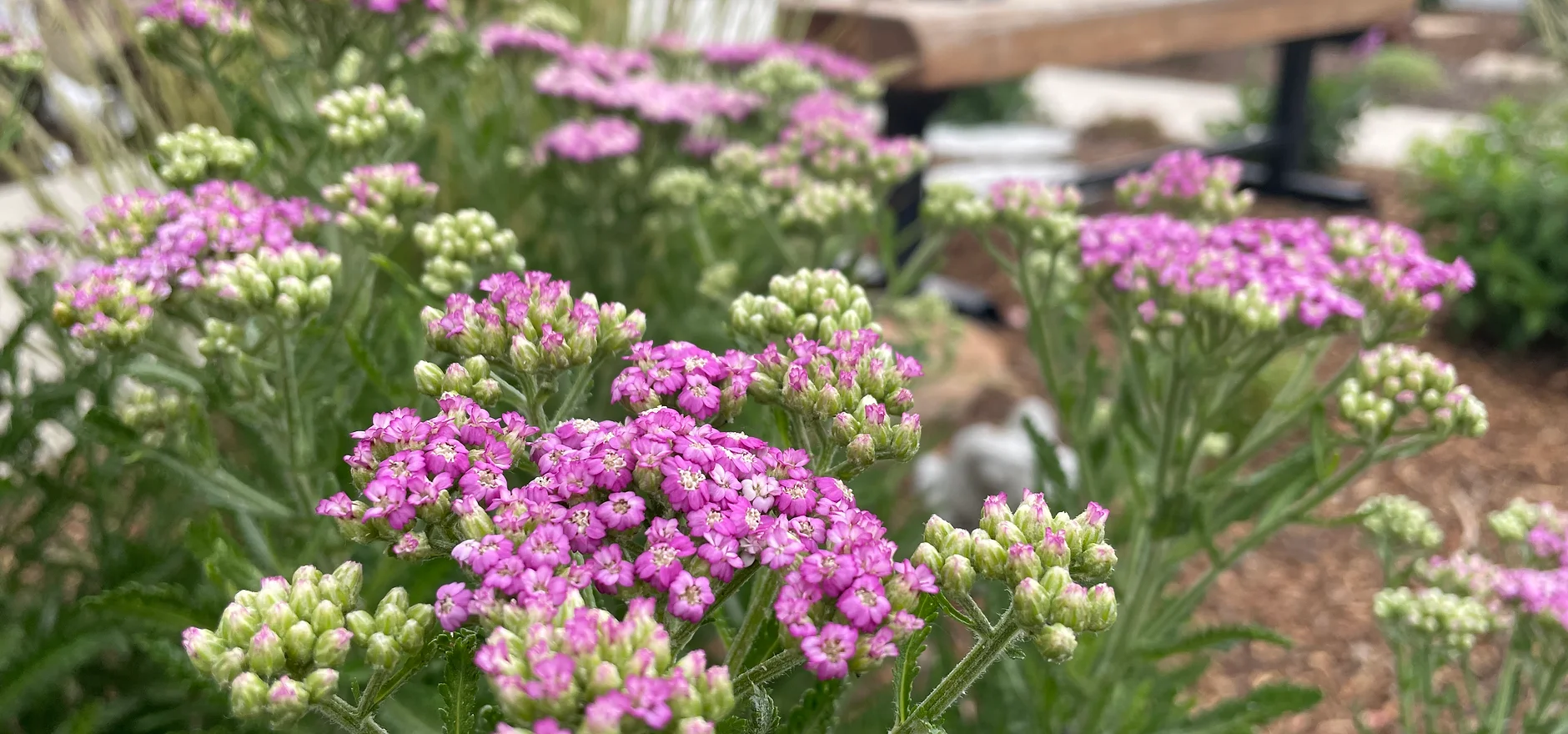
The West Is Growing Fast, And Our Water Supplies Are Not
The Interior West is simultaneously the driest and fastest growing region of the United States. With an expected increase of millions of more residents in the coming decades and dwindling water available due to climate change, it is imperative that we implement a new style of land development now — a more resilient one that recognizes and embraces the limited amount of water in the West and our hotter and drier future. Simply put, we cannot continue to grow the same way we have in the past.

What Is Integrated Water & Land Use Planning?
For many decades, land use and water planning were disparate and uncoordinated. Land use planners would tell water utility managers how much water they needed for a new development, and the water managers would provide. For a secure water future, however, water conservation and efficiency must be integrated into all phases of community planning and development. Land use planners and water managers need to integrate their efforts and plan water-smart development from the very beginning. It may sound like a simple solution but bringing these two processes together actually goes a long way toward reducing how much water is needed for growing communities.
Large and small communities alike can integrate their planning efforts in several ways, by:
- Sharing key planning information and data between departments and agencies,
- Providing input and feedback on long-term plans and development proposals, and
- Adopting codes, regulations, or fee structures to promote water efficiency, alternative water supplies, and other water conservation priorities.
Integrated planning is possible at virtually any stage of the planning process: comprehensive plans and water master plans, zoning and landscape codes, development review processes, and more. For example, communities can adopt conservation-oriented system development charges (i.e., tap fees) to encourage water-efficient growth.
Because there are so many opportunities for integrating water and land use planning, WRA teamed up with Pace University’s Land Use Law Center to develop a comprehensive guidebook that provides land use planners with the resources necessary to fully integrate water efficiency into their land use planning. This Guidebook provides hundreds of techniques, sample codes and policies, and community examples that explain how to reduce the water footprint of new development.
Each chapter in the Guidebook provides water efficiency policy options in the different planning stages. These include comprehensive plans, zoning codes, subdivision regulations, site-plan regulations, development agreements, non-zoning incentives, and more. The Guidebook is targeted to land use planning professionals, but written in an accessible manner for water professionals and other interested parties as well. As demonstrated throughout the Guidebook, planning water-smart communities can both meet the housing needs of our new residents and use significantly less water.
Across the Interior West, states are taking important steps to highlight the importance of integrated land and water use planning. For example, Colorado’s Water Plan sets a measurable objective of having 75% of Coloradoans living in communities that have incorporated water-saving actions into land use planning by 2025. In Utah, the state has undertaken a multi-year effort to help communities better integrate water into the planning process with workshops and technical assistance and brought in WRA to help provide this support.

Turf Replacement Database
The replacement of high water-use, cool-season turfgrass with low water-use landscaping across the west yields a host of compelling co-benefits, both qualitative and quantitative. Converting traditional lawns to drought-resistant and climate appropriate landscaping has the potential for significant water savings while enhancing the resilience of a community against water scarcity challenges. Additionally, the aesthetic appeal of diverse native flora and sustainable landscaping designs enhances the visual charm of properties and communities, fostering a unique sense of place while promoting biodiversity. Furthermore, low water use landscaping is cost effective, can reduce maintenance needs, and is one strategy in the toolbox to further increase municipal water efficiency and meet the water demand reduction goals in the Colorado River Basin states.
The Turf Conversion Database below includes examples of turf conversion benefits, engagement options, and communications materials.
WRA Takes A Three-pronged Approach To Integrated Land And Water Use
Raising Awareness
This includes presentations, webinars, and attending water and land use conferences to spread the word about the importance of integration. Because this topic is relatively new, some communities are unaware of the resources available to support integration, such as the Guidebook.
Working with Local Communities
WRA provides assistance tailored to an individual community’s specific needs. Our work includes convening informational meetings with policymakers and staff, organizing and facilitating workshops to advance policies or integration processes, conducting research specific to each community, and drafting policy recommendations and language (e.g., best practices for water-wise landscaping ordinances).
Supporting Practical, State-Level Policy and Resources
We encourage policies that further the integration of water and land use planning through funding resources, guidance documents, trainings, and more.

